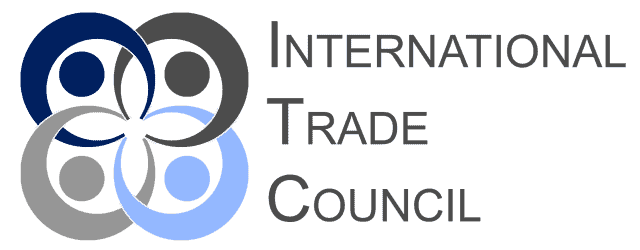Today, the International Trade Council applauds the World Bank’s recent announcement, detailing measures to significantly bolster its lending capabilities for developing nations, with an envisioned increment of over $100 billion over the forthcoming decade.
The move is a constituent of the World Bank’s comprehensive reform journey, highlighting the urgency to encompass vital global challenges, notably climate change.
In its detailed 24-page document submitted to the joint ministerial committee that oversees both the World Bank and the International Monetary Fund (IMF), the bank’s leadership is rallying shareholders to endorse a novel hybrid capital methodology and an innovative portfolio guarantee framework. Collectively, these initiatives have the potential to enhance lending by more than the anticipated $100 billion.
This ambitious increase is an extension to previously ratified measures set to amplify the bank’s lending assistance to developing countries by an approximate $50 billion. This concerted endeavor embodies the U.S.’s vision of sculpting a more robust and effective institution.
Scheduled for discussion during the impending IMF-World Bank annual congregations in Marrakech, Morocco, this report is a testament to the vision of the new World Bank President, Ajay Banga, who assumed office this past June.
The document underscores the emphasis placed by its predominant stakeholder, the U.S., on devising a reliable alternative lending mechanism for developing nations. This is in response to concerns over certain lending practices, primarily those steered by China.
In the report, the World Bank underscores, “In these unprecedented times marked by escalating geopolitical dynamics, climate-related threats, and challenges to eradicate poverty, there’s an imperative for agile responses and innovative strategies. It is paramount to recalibrate our goals, fortify our methodologies, and elevate our funding mechanisms.”
In addition to its newly proposed measures, the bank is in the process of uplifting its bilateral guarantee ceiling from $15 billion to $20 billion. This move is projected to boost the lending prowess of its principal lending division, the International Bank for Reconstruction and Development (IBRD), by an additional $5 billion over the next decade.
Further, collaborations with institutions such as the China-led Asian Infrastructure Investment Bank are in the pipeline, with agreements nearing finalization to bolster IBRD lending. The bank also revealed its agenda to intensify public-private collaborations to harness increased funding, encompassing engagement with non-governmental organizations and philanthropic entities.
A noteworthy introduction is the bank’s proposition of a unique debt clause, enabling nations to momentarily suspend principal debt remittances during catastrophic natural events.
The bank is also considering expanding lending by capitalizing on its callable capital, although this warrants further dialogue with shareholders and credit evaluation firms.
The International Trade Council remains committed to monitoring and supporting these crucial endeavors, advocating for global trade and investment dynamics that propel sustainable and inclusive growth.
